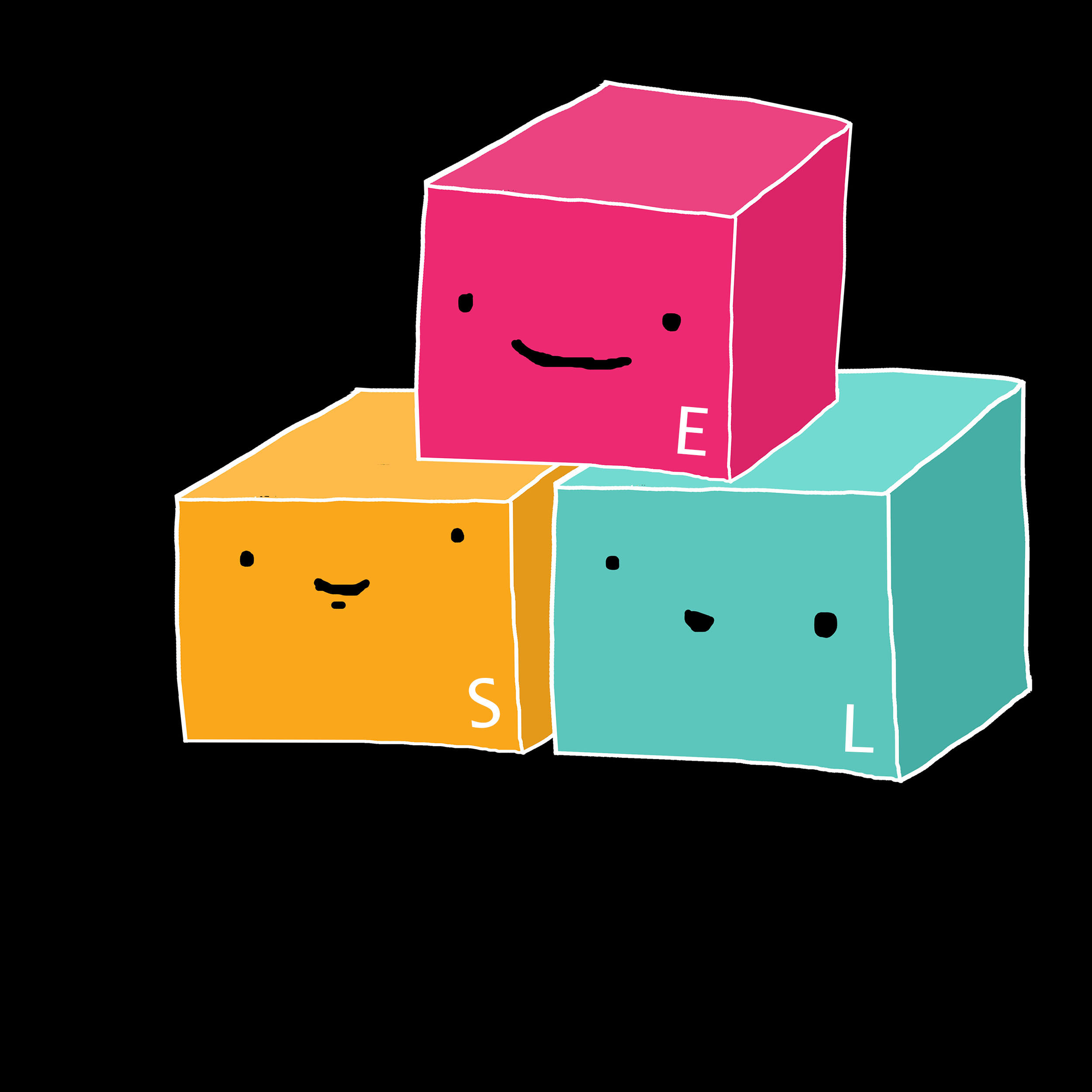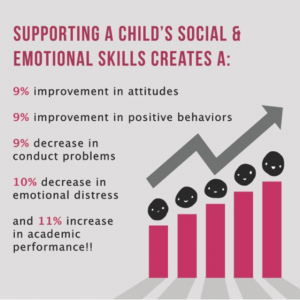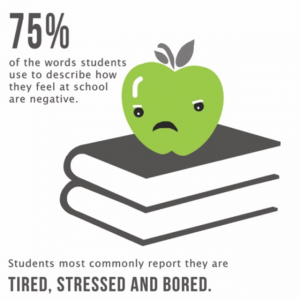SEL is the process by which social emotional competencies (SEC) develop. With SEL, individuals learn how to recognize emotions in themselves and in others and then use that information to manage themselves, their relationships and their decision-making. These skills grow from the connections made between students and between students and educators.
CASEL.org (the governing organization for SEL) has divided SEL skills into 5 core competencies:
- Self-awareness – recognizing emotions in your self and knowing your strengths and weaknesses.
- Self-management – being able to regulate your emotions and behaviors in order to achieve your personal goals.
- Social awareness – the ability to understand and empathize with others, including those with different cultural backgrounds, and recognizing social norms of behavior.
- Relationship skills – being able to form healthy relationships, through communication skills and conflict resolution skills.
- Responsible decision-making – being able to make constructive choices in accordance with your personal desires across a wide range of settings.
These competencies are the skills that allow people to connect with one another, lead fulfilling lives and achieve personal goals. As such, they are not just needed to be taught to students in order for them to feel more successful, teachers themselves need to embody these skills. SEL education is thus necessary for both students and teachers.




 Everyday, students experience a lack of motivation or focus, poor behavior from fellow students, uncontrolled impulses, or feelings of loneliness, hurt or anger. These are social emotional issues that seriously hinder students’ academic success. Emotion regulation is at the heart of these issues. SEL focuses on emotion regulation and thus enhances not only academic achievement but personal self-worth.
Everyday, students experience a lack of motivation or focus, poor behavior from fellow students, uncontrolled impulses, or feelings of loneliness, hurt or anger. These are social emotional issues that seriously hinder students’ academic success. Emotion regulation is at the heart of these issues. SEL focuses on emotion regulation and thus enhances not only academic achievement but personal self-worth. Seventy-five percent of the words students use to describe how they feel at school are negative. Students most commonly report feeling tired, stressed and bored at school. When students and teachers both possess strong social and emotional competencies, then the classroom feels like a welcome environment where students feel motivated and valued [10].
Seventy-five percent of the words students use to describe how they feel at school are negative. Students most commonly report feeling tired, stressed and bored at school. When students and teachers both possess strong social and emotional competencies, then the classroom feels like a welcome environment where students feel motivated and valued [10].